
The Northeast is well known for its native maple trees (Acer spp. and cvs., Zones 3–9). They are commonly used as forestry plants or sidewalk trees and are invaluable contributors of colorful fall foliage and maple syrup. Yet it’s the Japanese maples (Acer palmatum and cvs., Zones 5–9) from northern Asia that often are considered to be some of the finest garden specimens.
Benefits of Japanese Maples
There are many merits to owning a Japanese maple, as they can contribute much to the landscape. Their size (most grow between 4 and 20 feet tall) makes them perfect for even the smallest of gardens, but it’s the diversity among the species that makes them so collectible. They can be tall, short, broad, or slender; some develop tiered branches that can look like a wedding cake, while others gracefully weep to the ground, looking like a waterfall made from lacy, delicate leaves. Here are three of the many benefits Japanese maples have as garden specimens.

1. Colorful bark
Especially during winter, colorful bark is a much-loved trait of deciduous trees. Some varieties of Japanese maple display golden yellow or flaring red stems, while some have delicate stripes on the bark. Yet even the dove-gray bark on the plainer Japanese maples can be smooth and gorgeous on a winter day, nearly glistening against the snow.
2. Fall foliage color
Without a doubt, fall foliage is one trait that’s most associated with Japanese maples, and their diverse leaf shapes add to the effect. The colors can be some of the most brilliant in the garden, and it seems like no two cultivars are alike in their display. Bright golden yellow, glowing scarlet, and fiery orange are just a few of the colors to expect from this species.

3. Spring foliage color
We may be familiar with the fantastic autumn color on some varieties, but you might be surprised that many are known for their early spring color as well. The young, emerging leaves on some varieties can be lava red, fuchsia pink, or chartreuse. Some early spring leaves are even pure white, as with the variety ‘Ukigumo’. Those leaves can stop traffic on a spring day when the unfurling leaves look like newly fallen snow.
Planting and Growing Japanese Maples
Growing Japanese maples in containers
Many Japanese maples are suitable for growing in containers. This makes them perfect as potted trees for apartment and condo dwellers, as their roots can handle freezing. Even in restricted, smaller pots they can be long-lived. Long cultivated as bonsai trees, young plants work well as instant container accents, but they become even more attractive with age.

Siting, sun, and soil
Japanese maples love neutral to acidic soil, making them good candidates for most northeastern gardens. While they tend to prefer dappled shade, there are many varieties that tolerate full sun. Always consider the final size of the variety when picking a spot. Also, if your variety has a specific feature, try to site it where that feature can be most enjoyed. A tree with fantastic early spring color might look best with a backdrop like a dark evergreen or a wall, while those with intense autumn color might look best when backlit by the setting sun.
Pruning
These trees are all about structure, so start pruning when trees are still young, touching them up annually as they grow. Become familiar with the natural habit of the particular variety you’ve selected. Some varieties are multitrunked, while others grow stiffer, straighter stems or are cherished for developing distinctive forms with horizontal, layered foliage. Even weeping varieties need to be carefully pruned so that their winter forms look natural, with directional trunks and weeping twigs. Prune trees in summer as growth slows down.
Choosing a Variety
Start by looking for appropriate varieties that will be hardy in your zone. Many Japanese maples are hardy to Zone 5, but a protected spot or microclimate next to a garage or a sunny corner might allow some northeastern gardeners to expand into Zone 6 varieties, while newer selections may even be hardy to Zone 4. Here are a few of the most spectacular Japanese maple varieties available.

‘Bloodgood’ Japanese maple
Acer palmatum var. autropurpureum ‘Bloodgood’, Zones 5–8
‘Bloodgood’ may be common, but just because this is a variety that can be found at many garden centers doesn’t mean that we should overlook it. It’s a classic for a reason. ‘Bloodgood’ features dark burgundy foliage that turns bright red in fall above a slender trunk and branches. It will grow 15 to 20 feet tall and about 15 feet wide, so site it accordingly.

Golden full-moon maple
Acer shirasawanum ‘Aureum’, Zones 5–8
While not Acer palmatum, Acer shirasawanum looks very similar and is also of Japanese origin. This species is often called full-moon maple or Shirasawa maple. Thankfully, selections of this maple are becoming easier to find at good garden centers and nurseries. Golden full-moon maple’s leaf shape is very distinctive, looking like a paper fan. The wonderfully textured leaves are chartreuse throughout the growing season and turn a wonderful mustard yellow-orange in fall. This tree will grow 15 to 20 feet tall and just as wide. Dense branching and tight clusters of leaves make this tree invaluable in the right space.

‘Ukigumo’ Japanese maple
Acer palmatum ‘Ukigumo’ syn. Acer palmatum ‘Floating Cloud’, Zones 5b–9
It’s worth it to find a special spot in your garden for this plant. ‘Ukigumo’ is not a tree that you’re likely to find at any garden center, but there are many places where you can order one online. When translated into English, ukigumo means floating or drifting clouds, and that tells you everything you need to know. The foliage is highly variegated—white with bits of green and/or pink. In fall, the foliage turns golden, and its distinctive striped bark carries it through all four seasons. This tree is small, growing a maximum of 12 feet high and 6 feet wide. It may not perform the same every year, as it thrives with cool spring days and gentle heat during summer, but if sited in the ideal location (protected from bright, summer sun on the north side of your house), this tree will drop the jaws of anyone who sees it.
—Matt Mattus is the author of two books: Mastering the Art of Flower Gardening and Mastering the Art of Vegetable Gardening. He gardens in Worcester, Massachusetts.
Photos, unless otherwise specified: Matt Mattus
Fine Gardening Recommended Products
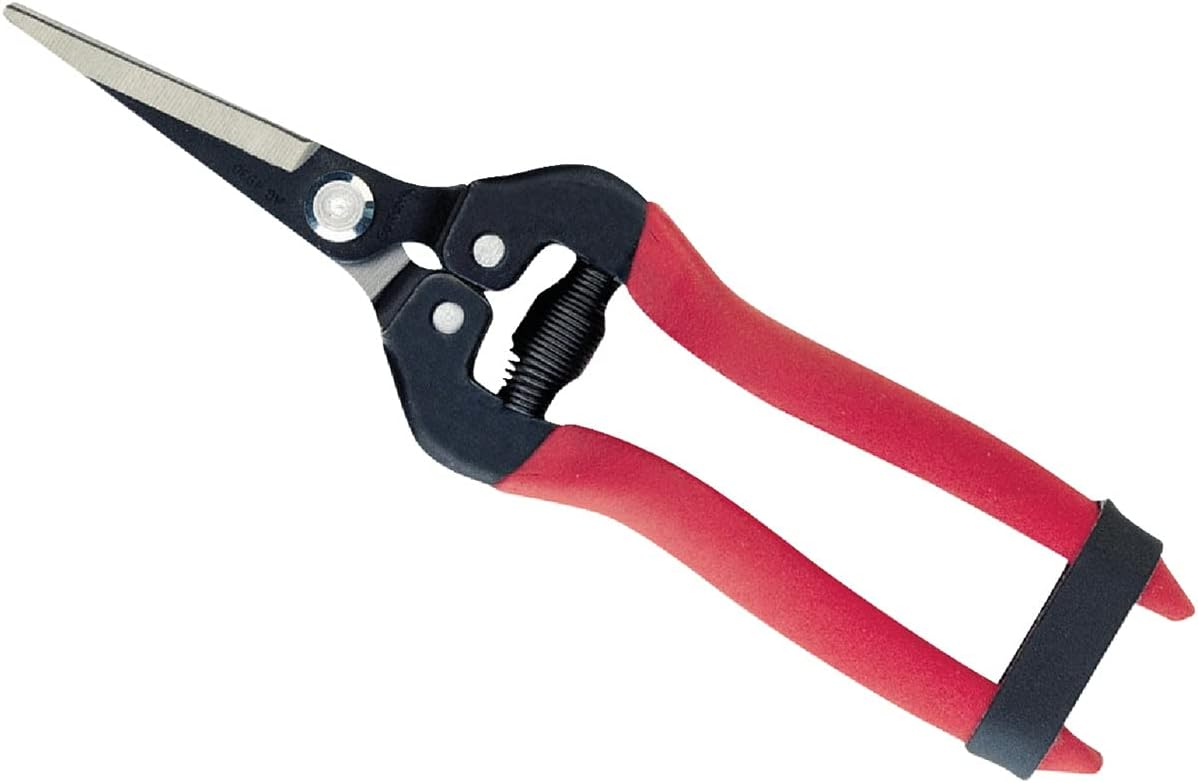
Corona AG 4930 Long Straight Snip, Tempered Steel
Fine Gardening receives a commission for items purchased through links on this site, including Amazon Associates and other affiliate advertising programs.

Greenworks 40V (185 MPH / 340 CFM / 75+ Compatible Tools) Cordless Brushless Leaf Blower / Vacuum, 4.0Ah Battery and Charger Included
Fine Gardening receives a commission for items purchased through links on this site, including Amazon Associates and other affiliate advertising programs.

ARS Telescoping Long Reach Pruner
Fine Gardening receives a commission for items purchased through links on this site, including Amazon Associates and other affiliate advertising programs.


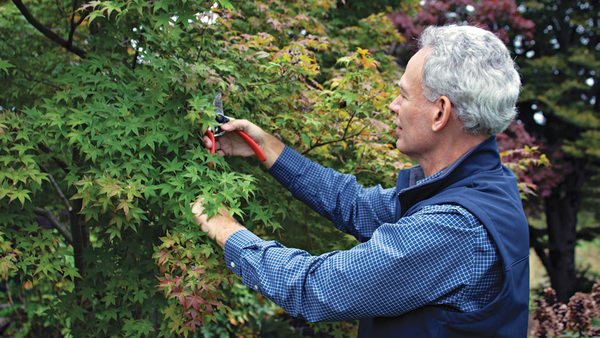
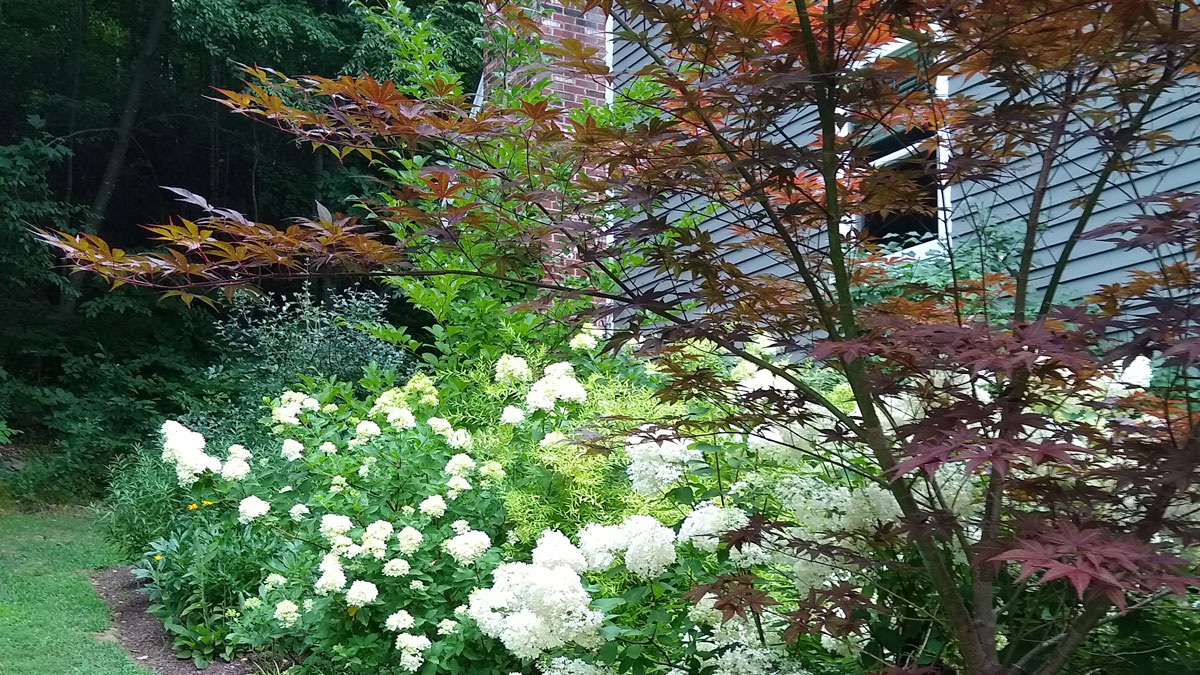
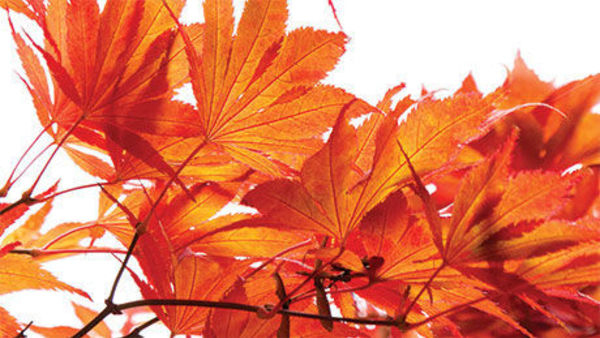

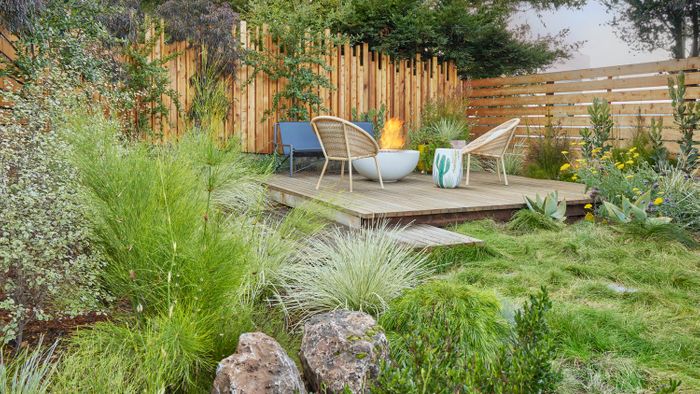
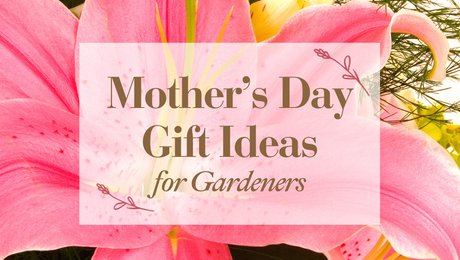











Comments
Log in or create an account to post a comment.
Sign up Log in